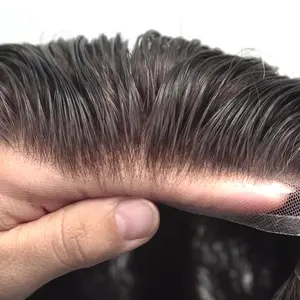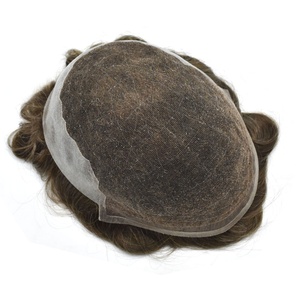מידע על פרותזת שיער תחרה צרפתית:
השג דחיפה מיידית לביטחון ולהופעה שלך עם. פרותזת שיער תחרה צרפתית ממבחר רחב של אפשרויות רק ב- Alibaba.com. אלה. פרותזת שיער תחרה צרפתית זמינים במגוון סגנונות וצבעים בכדי לספק כל צורך והעדפה אישית. פרותזת שיער תחרה צרפתית היא לא רק התוספת המושלמת לאוסף שלך, אלא גם בחירה אידיאלית למתנה.
פרותזת שיער תחרה צרפתית הוא חלק משיער טבעי או סינתטי המשמש לכיסוי התקרחות חלקית או למטרות אופנה ותיאטרון. למרות שקשורים בדרך כלל לגברים, יש נשים שמשתמשות בהן גם כדי לכסות קרקפת חשופה חלקית או להאריך את השיער הקיים. החזר את הביטחון שלך עם כל אחד מהמציאותיים והמפוארים. פרותזת שיער תחרה צרפתית מותאם לכל אישיות. עיין במבחר האינסופי של איכותיים אך סבירים. פרותזת שיער תחרה צרפתית זמין ממוכרים מהימנים ב- Alibaba.com.
תיהנו מהחופש והצדדיות של פשוט, אך עם זאת משנה חיים. פרותזת שיער תחרה צרפתית והשג את המראה שמבטא את האינדיבידואליות שלך. שנה את התספורת שלך ברגע מבלי להתחייב לצמיתות. תבחר. פרותזת שיער תחרה צרפתית שמשפר את השיער הטבעי שלך או מקפיד ולהצהיר במראה מודגש וחדש! חלק מאלה. ניתן לחמם, לצבוע ולהתכרבל ל פרותזת שיער תחרה צרפתית אשר בתורו מגן על בריאות ואיכות השיער הקיים שלך מכיוון שהוא לא צריך לעבור את כל אותם טיפולים קשים.
ספר את הסגנון שלך עם כל אחד מה-. פרותזת שיער תחרה צרפתית זמין רק ב- Alibaba.com במגוון עצום של צבעים, חיתוכים ואורכים. הסגנונות הם כמעט בלתי מוגבלים עם. פרותזת שיער תחרה צרפתית ממגוון ספקים, יצרנים וסיטונאים.




































































































































































































































































 浙公网安备 33010002000092号
浙公网安备 33010002000092号 浙B2-20120091-4
浙B2-20120091-4